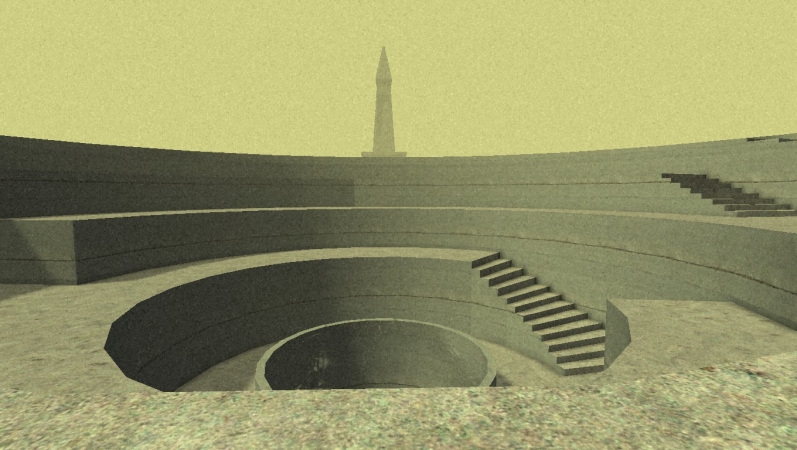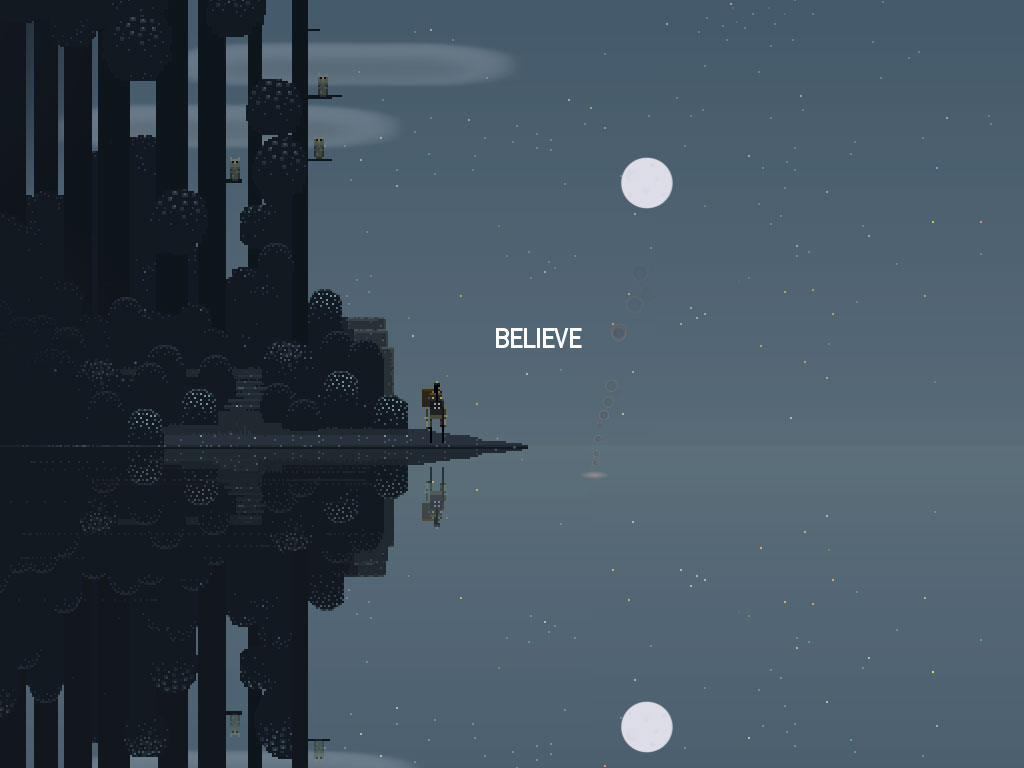I absolutely loved my time playing Balatro, and I worry I might have uncovered yet another rogue-like I can get addicted to. The game is visually stimulating in all the right ways, strategic, and offers me an opportunity to explore a genre I haven’t really before.
Graphics :
While this game’s visual style is relatively simple, it works incredibly well. I love how the cards all look, the pixel art is great. More than that, the effects that happen when you get high combos scratch a part of my brain and it feels great. I love how the pixel art fire roars to life in accordance with the size of the combo you managed to achieve. It makes me desperately want to achieve the highest combo I can, which brings me to
The Gameplay :
I have never played Poker before, so learning this game was a bit of an adjustment. I need to have a list of all the possible poker hands up on a second screen while I play as I have no clue what any of them are, and the game only tells you what hands are called not what they are comprised of which doesn’t help me at all. However, despite that awkwardness adding friction to my play experience, I still had a great time. With every failure my mind starts to race about what could have been better, and that experience is so exhilarating for me because I have very limited experience with card games relative to the average person (or at least it feels like it as I don’t know how to play poker and am not the biggest fan of card games in general) so so much is new to me and love learning new games like that. Even now, I just keep thinking about how high I can push that number.
Sound :
I like the music in the game, it blends into the background very well. However, more standout than the music is all the sounds the cards make. Shuffling the deck, playing cards, selecting them, every action has a nice sound associated with it that makes the game feel tactile, which is important as it’s a digital translation of something typically very physical.
Conclusion :
I pray this assignment hasn’t given me my next addiction. I love Balatro, and while I need to play it more to see if it deserves higher praise (to see how well the roguelite progression systems hold out, how much variety there actually is and how much it’s systems hold up under extended play) but as of now Balatro is at least an 8/10 and I think it absolutely deserves it’s Game of The Year Nomination at the Game Awards.










